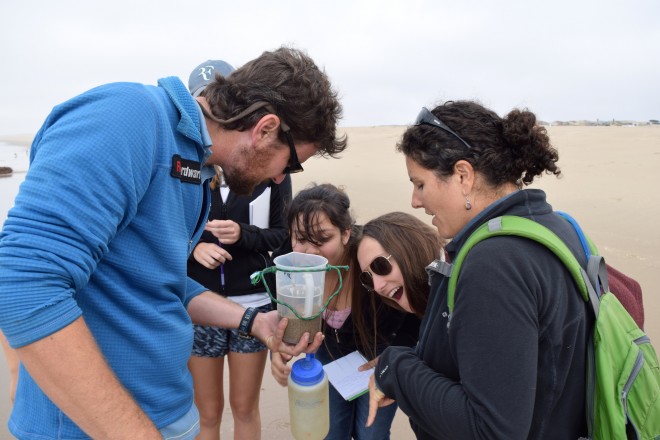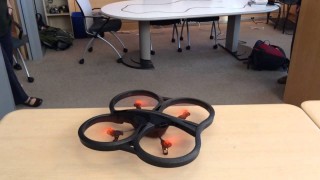Students in Dunn’s AP Environmental Science class took a three-day trek through Santa Barbara, San Luis Obispo and Ventura counties to investigate ecosystems. Dunn School, in Los Olivos, California, serves boarding and day students in grades 6-12.
Students started by uncovering coastal ecology and ecosystems at the Guadalupe Dunes and Oso Flaco Lake. They tested water samples and scooped organisms from an algae-choked estuary. Wasting no time, everyone then shuttled north to the Port San Luis Pier at Avila Beach to observe a much larger organism – sea lions lounging on the pier.
Under a full moon, the class caravanned to a campsite on the desolate Carrizo Plain. Soda Lake – bone dry and glowing white in the moonlight – was eerily impressive. “It felt like being on another planet, but we were so close to home,” observed senior Shannon Carroll.
At Wallace Creek the next day, students saw the San Andreas fault and how the creek has become offset as a result of plate movement. The intrepid explorers even slipped in an early morning short hike to a series of Native American pictographs.
Employees from E&B Resources met up with the class that afternoon at their oil operation on the South Cuyama Field. They explained how petroleum is found and extracted. A driving tour of the oil field and a walking tour of the gas plant helped students understand energy issues in a deeper way.
The second night’s campsite offered the refreshing sights and smells of tall pines and cool air at 6.500 feet atop Pine Mountain. From there, the class launched into its last day exploring the Ventura and Santa Clarita river watersheds. At Sespe Creek and Matilija Creek students compared water samples and animal surveys on both pond and creek ecosystems.
“The whole trip was amazing,” enthused Carroll. “It was great to see and identify the concepts we’ve been learning about in class actually out in the field. It totally changed my understanding of what we’re learning.”



